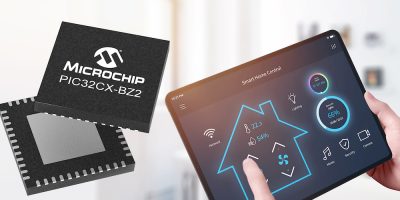The next-generation SaaS (software as a service) release of Infineon’s Cirrent IoT Network Intelligence (INI) helps developers quickly and cost-effectively gather information about their products to increase reliability, improve product performance, and reduce support cost, claimed the company.
It can be used by product and development teams to identify, monitor and solve customer and product problems. Its Cirrent Agent embedded software can be deployed in new products or rolled out over-the-air to existing fleets for devices to report data into the Cirrent Cloud. Development teams can use the online console with new artificial intelligence and machine learning capabilities to analyse product data and get new insights into product performance in the field.
“Too many IoT product companies lack both the data and tools to look at the data,” said Rob Conant, vice president of software and ecosystem, Infineon. The Cirrent INI gives developers the ability to quickly gather data on products in the field with dashboards and tools that provide actionable insights to solve problems and help drive strategic product development, he said. He added that this is “just one example of Infineon’s digitalisation efforts to help our customers make better products”.
The Cirrent INI includes the Cirrent Agent embedded software, cloud data storage and analysis. It also includes an online web-based console to deliver data-driven product development to improve user experience, decrease returns and increase sales, said the company.
The INI service processes more than a billion data points per day and recently introduced new artificial intelligence and machine learning to accelerate data analysis and meaningful insights for problem verification and resolution.
Cirrent INI is pre-integrated with Infineon’s Airoc Wi-Fi chips, the Airoc Cloud Connectivity Manager and Cirrent Cloud ID. Modus Toolbox developers can integrate the Cirrent Agent embedded software with pre-integrated libraries and sample applications. Cirrent INI is delivered with 25 built-in events and attributes, extendable to custom events, attributes and measurements specifically tuned for the customer’s applications or environments.
Infineon’s Cirrent INI can be deployed on products using Wi-Fi, Ethernet or cellular connectivity and is available now.







